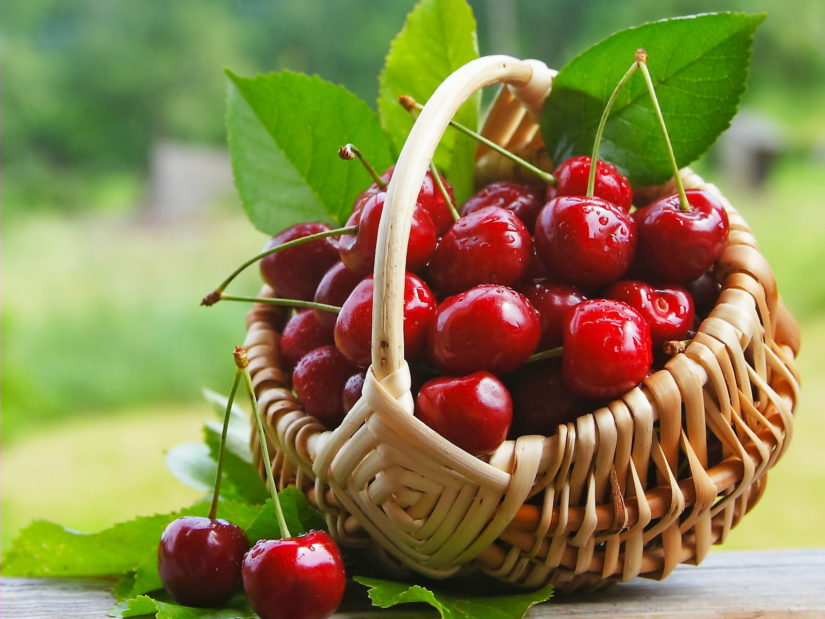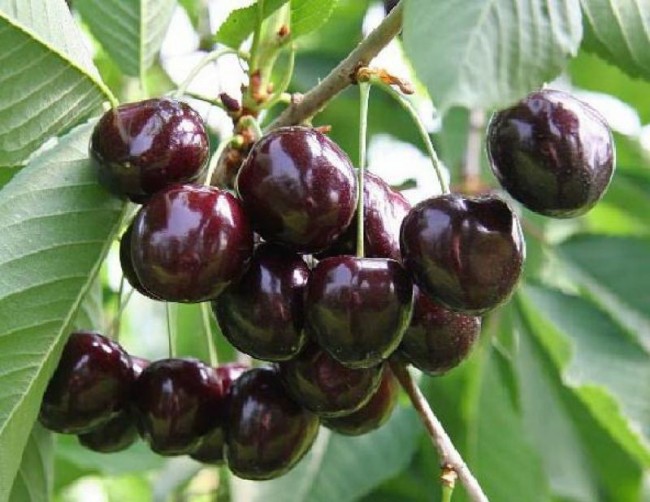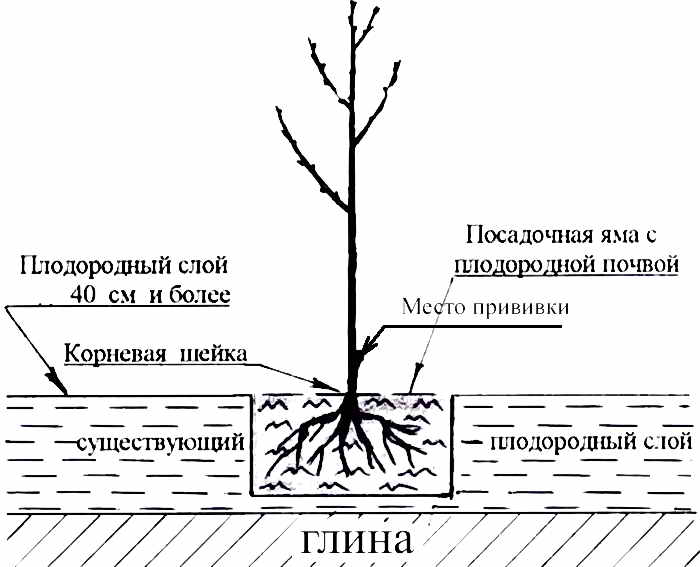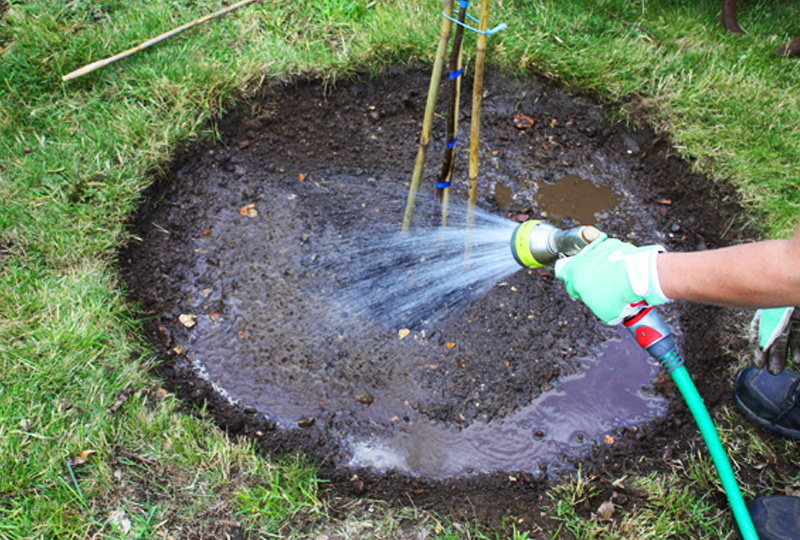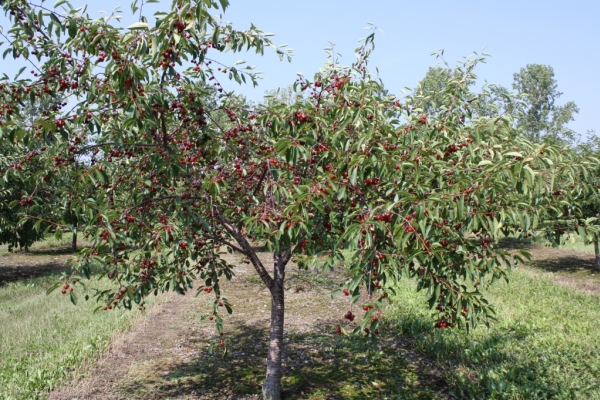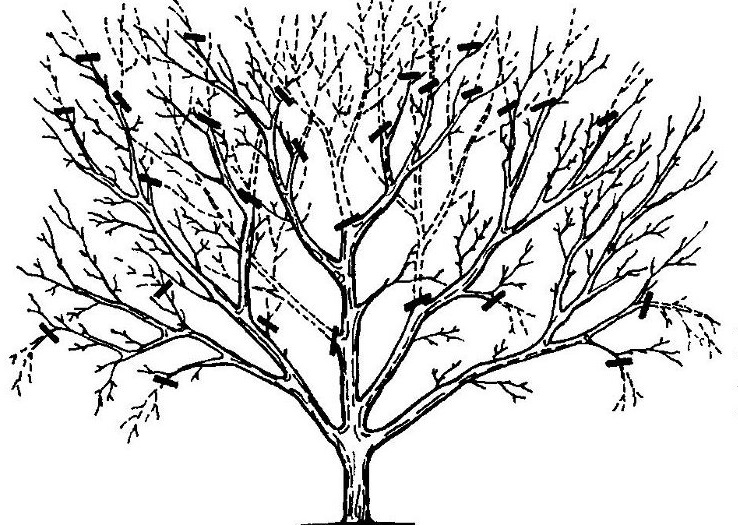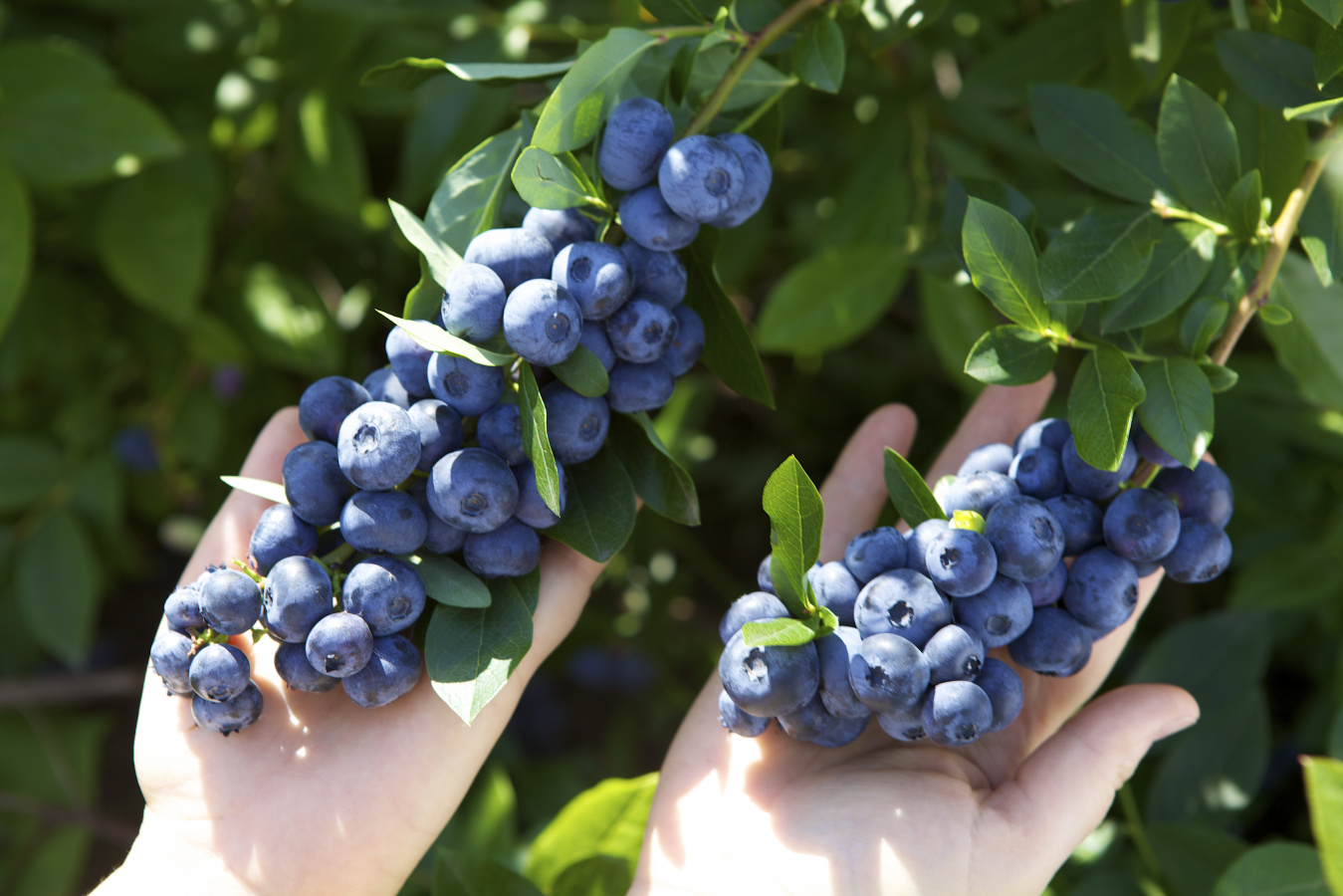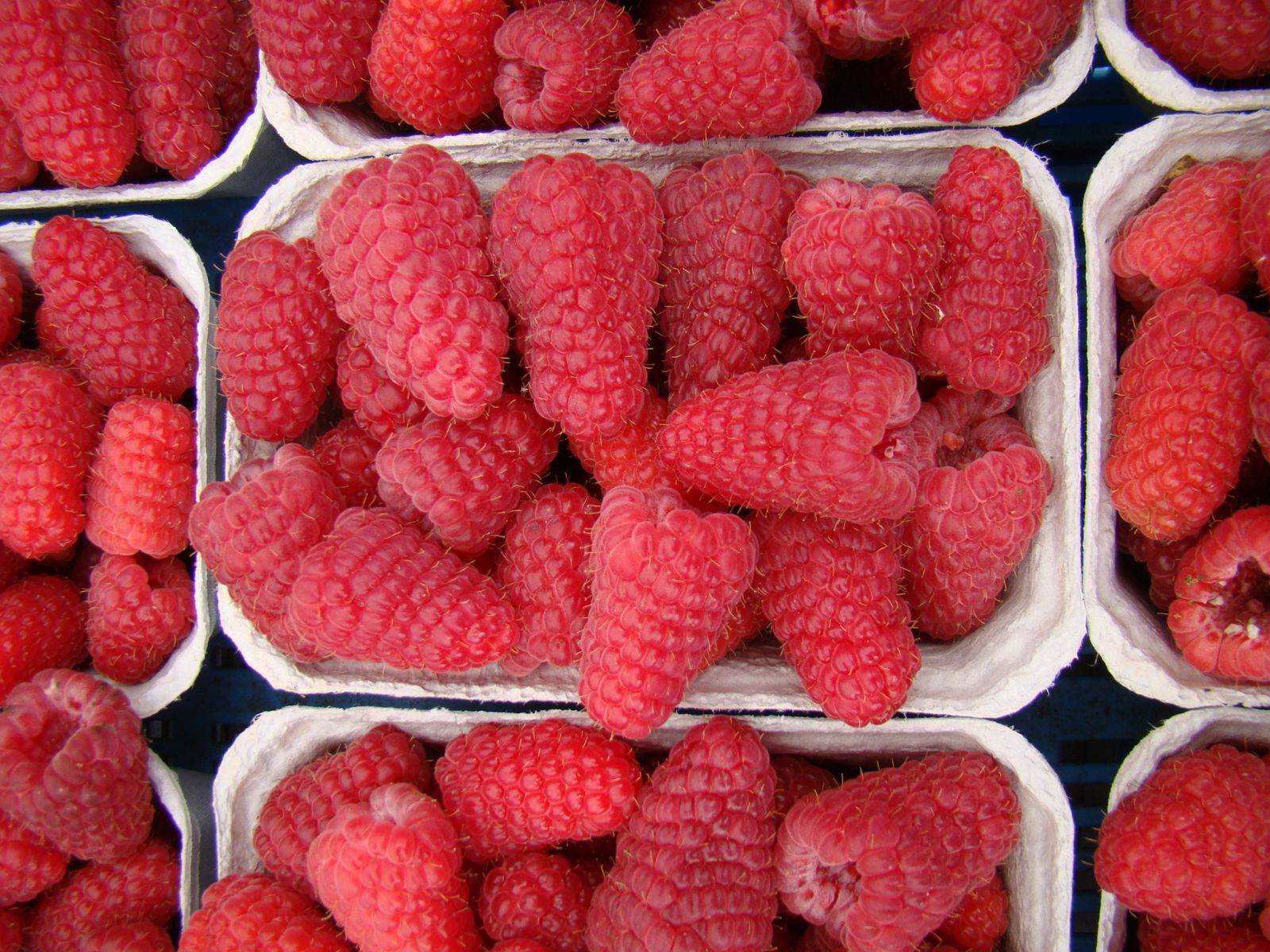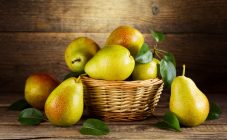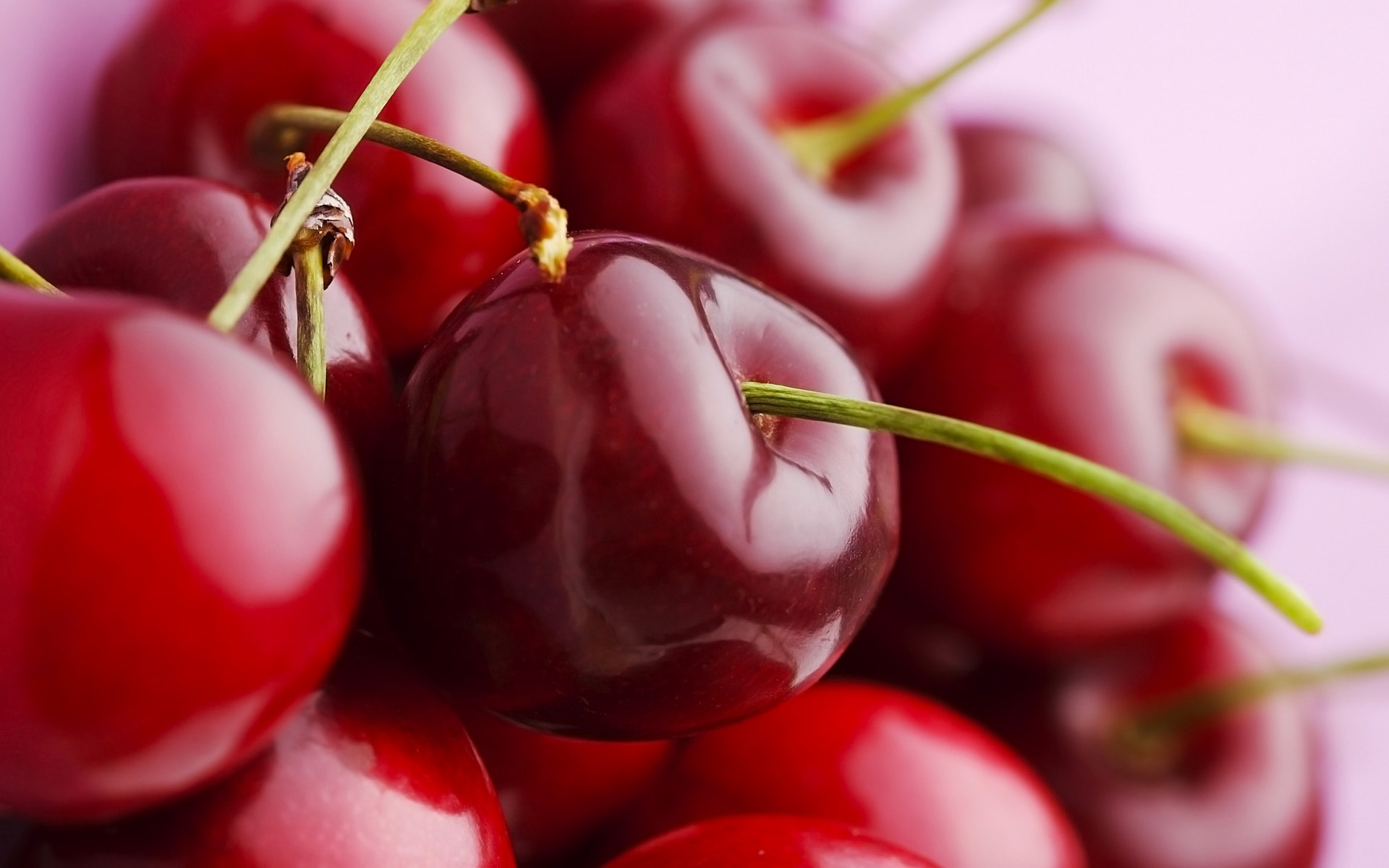Content:
Sweet cherry is a widespread garden culture in the southern regions of Russia. Belongs to the Pink family, it can be cultured and wild. In the wild, it is found in many warm countries, where such trees grow up to 10 meters in height. In cultivated form, the growth of the tree is usually limited and has a maximum height of up to 4 meters.
This plant needs a lot of heat and sun for good growth and development. That is why, until recently, sweet cherry was a rare plant in the gardens of the Moscow Region. However, in recent decades, domestic breeders have bred several varieties that can be grown and receive generous harvests even in Central Russia. Cherry varieties for the Moscow region are Fatezh, Tyutchevka, Iput, Revna, Bryanskaya rozovaya and Syubarova (folk variety).
Sweet cherry in the Moscow region: the best varieties
Many gardeners strive to plant self-pollinated varieties on their site. There are self-fertile varieties of cherries for the Moscow region, but there are only two of them - Tyutchevka and Revna. The other three varieties - Fatezh, Iput and Bryanskaya rozovaya - definitely need pollinators (other varieties growing nearby).
Tyutchevka is a late-ripening cherry variety. Blooms much later than early maturing varieties. The trees are of medium height, the crown is usually spherical. The leaves are pointed and oblong. Good flowering - 3-4 flowers in each inflorescence. The berries are large, beautiful, dark red. The average weight of a berry is 7-8 grams, in some cases, their weight reaches 10 grams. The fruits have excellent taste, they are sweet and juicy, fleshy. The disadvantage of the variety is that it begins to bear fruit only in the fifth year after planting, while many other cherry varieties are capable of producing the first harvest in the third year. However, the yield at Tyutchevka is high - 100 centners of berries can be harvested from one hectare.
Revna is a self-pollinating variety of sweet cherry, which bears excellent fruit in the conditions of the Moscow region. Trees of the Revna variety are not tall, rarely the growth of even adult plants exceeds 4 meters. The berries themselves are far from large, but not quite small either. Their average weight is from 5 to 8 grams. The fruits have a beautiful presentation. Most often, the berries of this variety are burgundy, but at full maturity they become almost black. The fruit is prized for its firm flesh, which is dark red in color. The berries are famous for their high amount of juice and sweetness. The plant does not give its first harvest too early - in the fourth year after planting. The fruit ripens in the third decade of June. This cherry variety is prized primarily for the high quality of the fruit that does not deteriorate even during long-distance transportation. Also, Revna winters well and is resistant to many diseases.
Another interesting and valuable variety for the Moscow region is Fatezh. He cannot boast of self-fertility, like the two previous varieties, but if he grows next to them, he will thank him with a generous harvest. In good years, up to 50 kilograms of juicy berries can be harvested from one mature tree.Moreover, the trees are undersized. The crown is thin, usually in the form of a ball. The variety is mid-early and yields in the first half of summer.
The average berry weight is 5 grams.
This variety is well suited for growing in arid regions, as it tolerates a lack of moisture well and is not picky about watering, like many other varieties of sweet cherries. It winters well in the northern regions and can withstand temperatures down to -35 degrees. It is also resistant to terrible diseases that often affect stone fruit crops (cherry coccomycosis, moniliosis, scab). It is also appreciated for its beautiful presentation.
All these varieties grow well in the Moscow region, in other regions (for example, the Krasnodar Territory or the Leningrad Region), you should choose other zoned varieties.
Sweet cherry: planting and care in the suburbs
Experienced gardeners know that it is not enough just to choose a cherry variety suitable for the region, you also need to choose the right place for it on the site, prepare a planting hole, apply the necessary fertilizers and, if necessary, improve the soil structure.
Novice summer residents are most often concerned about the question: how to plant cherries correctly in the spring in the Moscow region? First of all, you need to choose a place on the site. Sweet cherry, as mentioned earlier, is a southern culture. She does not tolerate shade, loves a lot of sunlight. That is why cherry orchards should be laid exclusively in well-lit areas.
Sweet cherry loves fertile soil; it will not grow on poor soil. The best soil for this culture is sandy or loamy. But on salty, swampy soils, it is better to refuse planting cherries. The site where the planting of cherry trees is planned must be protected from the north winds. The southern slopes are well suited.
After the variety has been chosen, you can start preparing the planting pit. The hole, like many other horticultural crops, is recommended to be done in the fall (in October). The hole should be deep enough, since the root system of cherry trees goes very deep. As a result, the planting hole is dug 70 centimeters deep and 80 centimeters wide. If the hole is prepared in the spring, this must be done at least two weeks before planting the seedlings. If the soil on the site is poor, a good nutrient mixture must be added to the pit. Already rotted compost (2-3 years old) is best suited, you can also use ready-made soil, which is sold in garden stores. It is recommended to put 1-2 buckets of good soil in each hole. In addition, mineral fertilizers should be applied to the pit. They will provide food for the young plant in the first 2-3 years after planting. To do this, add 50 grams of urea or ammonium nitrate, as well as 40-50 grams of phosphorus and potassium fertilizers. All this is thoroughly mixed with the soil. You can also pour 1 glass of wood ash into the hole.
For planting, it is best to choose young plants (annuals and biennials). Older seedlings take root worse and are more difficult to adapt to site conditions. It is recommended to plant sweet cherries in the Moscow region only in spring (late April - early May). Autumn planting is undesirable, the culture may not have time to take root and, as a result, will die in the first winter. The seedlings do not deeply deepen, the root collar should be 5 centimeters above the soil level. It is advisable to install strong pegs next to each young tree. You need to carefully tie the seedlings to them, so the strong wind will not break the planting.After planting, the trees are watered abundantly, 1 bucket of water should be poured onto each plant. Then the holes are mulched, as the open soil dries quickly.
In the first 2-3 years, cherry plantings do not need additional fertilizing, since the required amount of fertilizer was added during the preparation of the pit. They will feed young plants in the first 2-3 years of life. But you still have to take care of them. It is young cherry trees that need abundant watering. In hot weather, water should be given at least once a week - 2-3 buckets for each tree. In normal weather conditions, watering can be reduced to 1 time in 2 weeks. Do not forget about the autumn water-charging irrigation. In the conditions of the Moscow region, as a rule, it is produced in late September - early October. Thanks to this procedure, the plants will become more winter hardy.
Sweet cherry is bad for weeds. In this regard, the soil under the trees should be systematically weeded, and better mowed.
The soil under cherries, as well as under any other trees, does not need to be dug.
In the fourth year after planting, the trees become adult and usually begin to give the first berries. Since that time, tree care has changed slightly. Plants begin to feed twice a season: in early spring and in August. The first feeding is done on the ice crust. At this time, it is recommended to scatter urea under the trees at the rate of 1 tablespoon of fertilizer per 1 square meter. If there is no urea, it can be replaced with ammonium nitrate (calcium and other types of nitrate cannot be used in this case). But ammonium nitrate will need 2 tablespoons for every square meter. These fertilizers at the very beginning of spring will feed the cherry orchard with nitrogen, as a result the plants will grow well and give a good growth. The garden is fed for the second time in mid-August. This time, nitrogen is strictly contraindicated, therefore, it is categorically impossible to introduce urea or saltpeter.
For each square meter, 2 tablespoons of phosphorus-potassium fertilizers are needed. They can be given both dry and liquid.
Adult cherry trees need less water than young ones. Therefore, even in a hot and dry season, cherries are watered no more than once a week. If the weather is humid and not hot, one watering a month will be enough. However, watering should be abundant, not shallow. It is imperative to give water before flowering trees, immediately after flowering (it is at this time that the berries gain size and are poured). Do not forget about watering immediately after harvest (during this time the trees are weakened and need watering more than ever). And the last time the plantations are watered abundantly in late September - early October. Abundant watering will help the trees to winter well. Also, good autumn watering will have a positive effect on the next year's harvest.
In addition to watering and fertilizing, cherry trees also need other care. First of all, every spring it is necessary to carry out sanitary pruning of plantings, install trapping belts and whitewash trees. This will protect them from some harmful insects and bright sunlight (the bark will not crack).
Advantages and disadvantages of cherry varieties for the Moscow region
In general, all of the above varieties are excellent for cultivation in Moscow and the Moscow region, since they were bred by domestic breeders for this particular climatic zone. Their berries are sweet, large, fleshy. Another important plus of all of the above varieties is that the fruits are well transported even over long distances. In addition, they all have resistance to disease. Birds are especially dangerous, as they can eat the entire crop in a matter of hours. A special net, which can be purchased at garden centers, will help save berries from birds.
